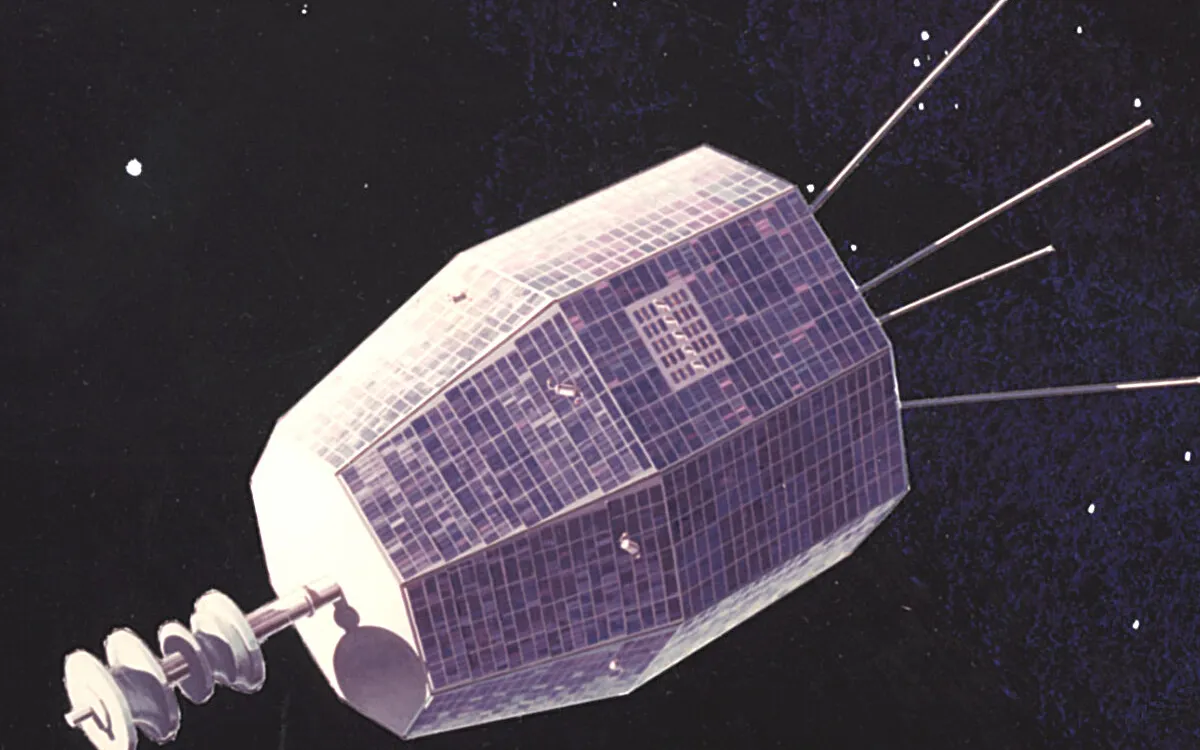
A team of astronomers and astrophysicists from various institutions in Australia has made a groundbreaking discovery regarding a mysterious fast radio burst (FRB) detected last year. Contrary to initial assumptions that the signal originated from a distant cosmic source, it was found to stem from a long-dead satellite orbiting Earth. This team has shared their findings in detail on the arXiv preprint server.
On June 13, 2024, researchers using the Australian Square Kilometer Array Pathfinder detected an unexpected signal—a potential FRB that lasted less than 30 nanoseconds. The intensity of the pulse was remarkable, eclipsing all other signals emanating from the sky. Initially, the team believed the signal was from a distant astronomical object, which is typical for most FRBs. However, further analysis revealed that the source was much closer than anticipated.
After thorough investigation, the research team identified the source of the FRB as a long-dead NASA satellite known as Relay 2. This satellite was launched into orbit in 1964, just two years after its predecessor, Relay 1. Both satellites were part of an experimental program for communications. Relay 2 successfully operated for less than a year before ceasing function, with its transponders becoming inactive by 1967. Until this recent detection, no signals had been recorded from Relay 2.
The strength of the FRB signal was attributed to the satellite's position directly overhead when the burst occurred. This unique alignment contributed to the signal's unusually clear and well-defined nature. The research team posits that the satellite did not suddenly revive but rather experienced an electrostatic discharge. They suggest that a buildup of electrostatic charge reached a critical point, leading to the discharge, a phenomenon that has been documented previously.
Another possibility considered by the researchers is that Relay 2 may have been struck by a micrometeoroid, resulting in the release of a small cloud of plasma, which could have also generated the FRB. The implications of these findings are significant, as they may pave the way for new tools and methodologies for studying signals from space, both near and far. Additionally, this discovery could enhance our ability to monitor the movement and status of defunct satellites orbiting our planet.
In summary, the detection of an FRB from a long-dead satellite highlights the complexities of space communication and the potential for future research into the phenomena surrounding old satellites. As the field of astrophysics advances, such discoveries will provide invaluable insights into both historical and contemporary cosmic signals.